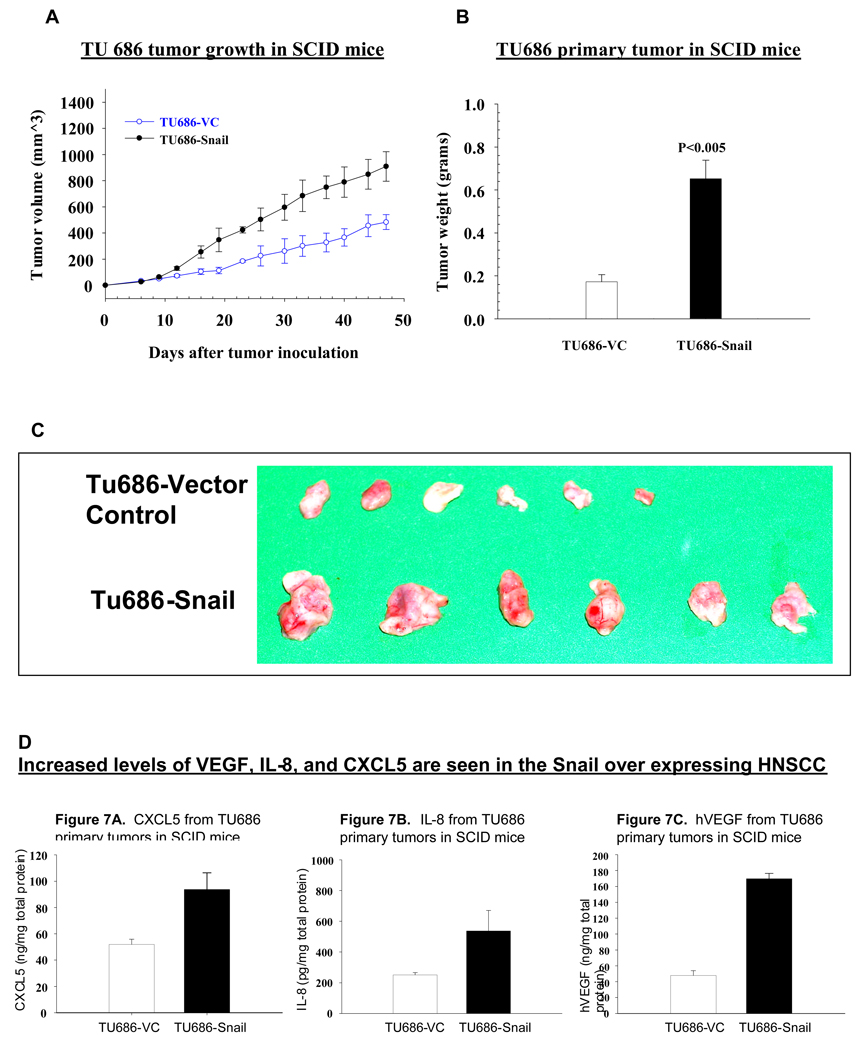Figure 5. In the SCID xenograft model, HNSCC Snail overexpressing cells demonstrated significantly increased primary and metastatic tumor burdens.
Tu686 and OSC HNSCC cell lines were genetically altered to produce stable Snail over-expressing lines. Five million HNSCC (Tu686-Snail over expressing or Tu686-vector controls; OSC-Snail over expressing or OSC-vector controls) were implanted via subcutaneous injection on the right suprascapular area of the SCID mice as detailed in methods. Primary tumor burden increased significantly in Snail over expressing tumors as compared to vector controls (p < 0.005, Figure 5 A, B, C).
(D) In the SCID xenograft model, HNSCC Snail overexpressing cells demonstrated increased levels of VEGF, IL-8, and CXCL5. ELISA studies on tumors removed form the animals revealed increased levels of the angiogenic and proinflammatory mediators: VEGF, IL-8, and CXCL5 in the Snail over expressing tumors.

